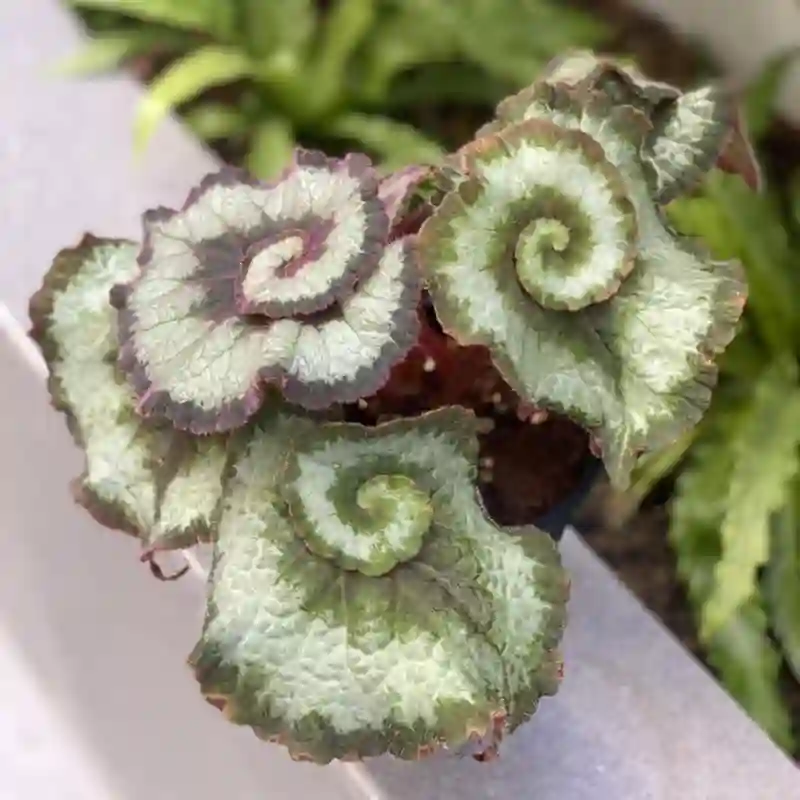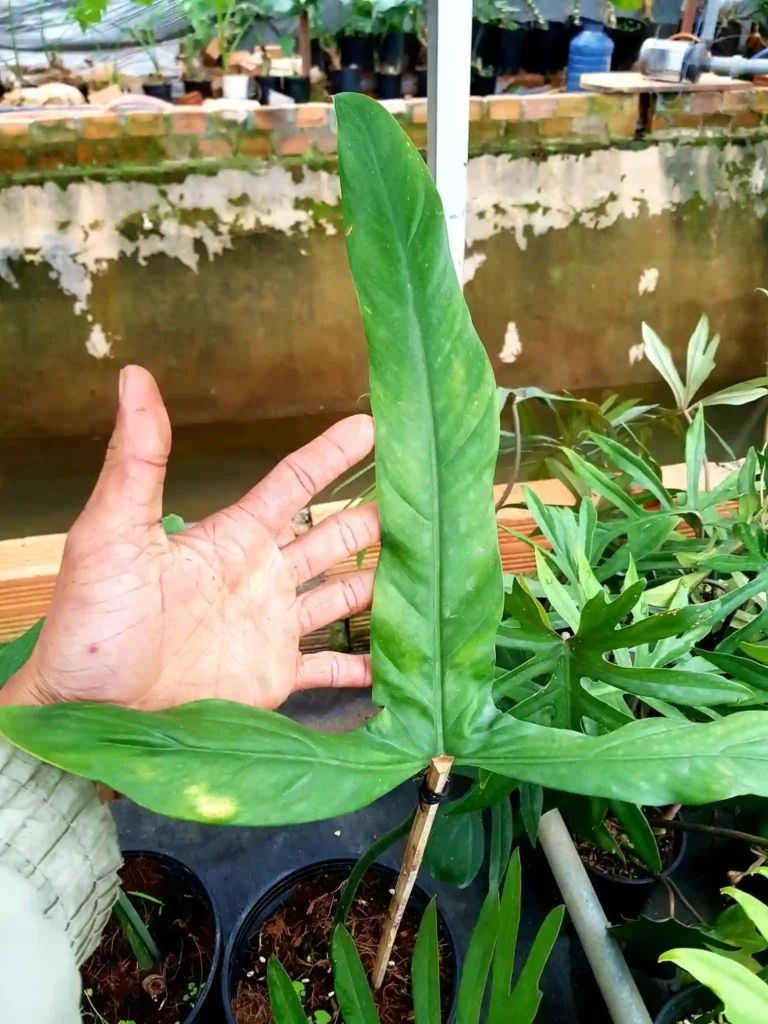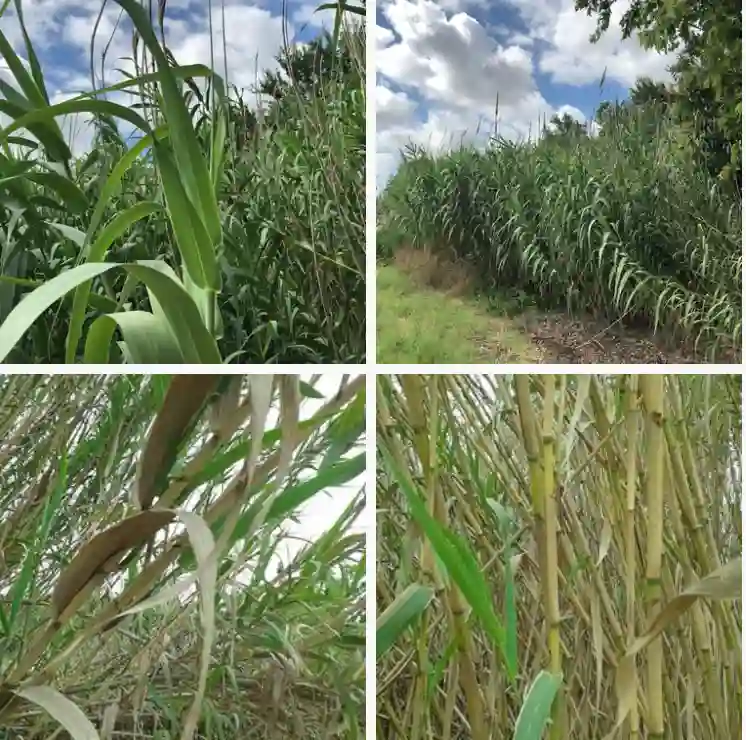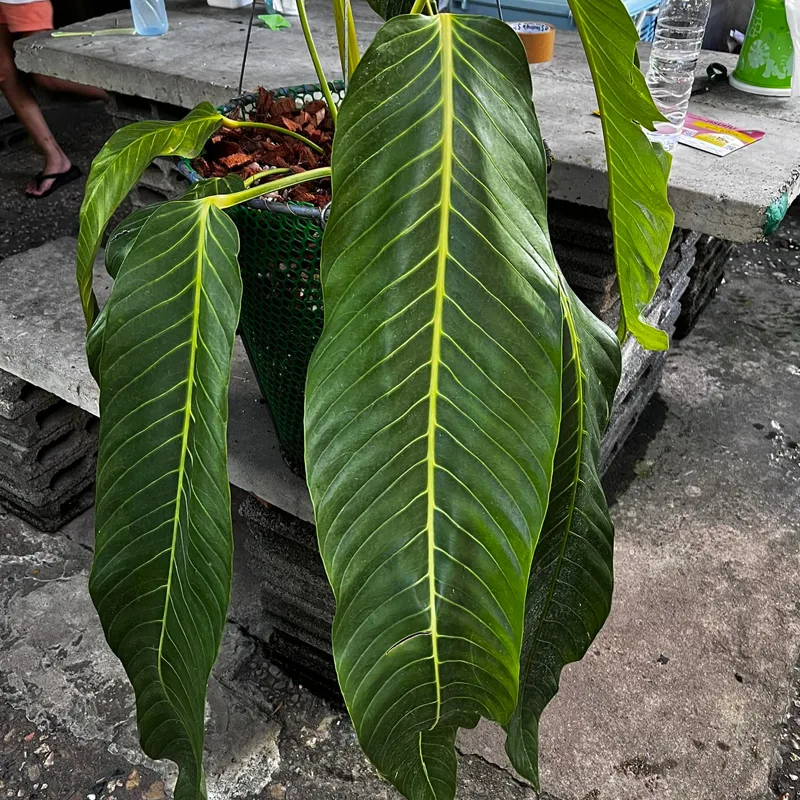FAQs About Convolvulus Blue Enchantment
When I first encountered Convolvulus Blue Enchantment, I was instantly captivated by its vivid blue flowers. This plant, a low-growing ground cover, has become a staple in my garden. I’ve learned a lot through trial and error, and I want to share some of the most frequently asked questions I’ve come across about growing and caring for this beautiful plant.
209 Species in Genus Convolvulus
What Is Convolvulus Blue Enchantment?
Convolvulus Blue Enchantment is a striking variety of the Convolvulus genus, known for its vibrant blue, trumpet-shaped flowers. It belongs to the morning glory family, but unlike typical morning glories, this one stays close to the ground, making it perfect as a ground cover or in borders. The plant blooms from late spring to early fall, providing a long season of color. Its compact size and trailing habit also make it a great choice for containers.
How to Grow Convolvulus Blue Enchantment?
Growing Convolvulus Blue Enchantment is relatively easy, even for beginners. Here’s what I’ve found works best:
- Sunlight: This plant loves the sun. Full sunlight is essential for the best blooms. If you plant it in a spot that gets at least 6-8 hours of direct sunlight a day, you’ll be rewarded with the most vibrant flowers.
- Soil: The plant isn’t too picky about soil, but well-draining soil is crucial. I’ve had success growing it in sandy and loamy soils. If your soil is heavy, consider amending it with sand or organic matter to improve drainage.
- Watering: Convolvulus Blue Enchantment is somewhat drought-tolerant once established, but I’ve found that regular watering during dry spells keeps the blooms coming. Water deeply once or twice a week, depending on the weather.
- Fertilizing: I apply a balanced, slow-release fertilizer in early spring. Too much fertilizer can lead to more foliage than flowers, so moderation is key.
Convolvulus Blue Enchantment Care
When it comes to Convolvulus Blue Enchantment care, I’ve found that a little attention goes a long way:
- Pruning: Light pruning helps keep the plant tidy. After the first flush of blooms, I deadhead spent flowers to encourage more blooming. If the plant becomes too leggy, a light trim can help maintain its compact shape.
- Pest and Disease Control: This plant is generally pest-free, but occasionally, I’ve noticed aphids. A simple spray of water or insecticidal soap takes care of them. As for diseases, good air circulation and avoiding overhead watering can prevent most issues.
- Overwintering: In colder climates, Convolvulus Blue Enchantment is grown as an annual, but in milder regions, it can be a perennial. If you live in a frost-prone area, consider mulching around the plant to protect it over winter or simply treat it as an annual and replant each spring.
How to Propagate Convolvulus Blue Enchantment?
Propagating Convolvulus Blue Enchantment is simple and rewarding. Here’s how I do it:
- From Seeds: Convolvulus Blue Enchantment seeds are easy to start. I sow them indoors 6-8 weeks before the last frost date, using a light seed-starting mix. The seeds germinate best with a little light, so I barely cover them with soil. After the danger of frost has passed, I transplant the seedlings outdoors.
- From Cuttings: I’ve also had success with softwood cuttings taken in late spring. Cut a healthy stem with a few leaves, remove the lower leaves, and plant it in moist, well-draining soil. Keep it in a shaded area until roots develop, usually within a few weeks.
What to Plant with Convolvulus Blue Enchantment?
One of the things I love about Convolvulus Blue Enchantment is how well it pairs with other plants. Its low-growing habit and blue flowers create a stunning contrast with taller plants like Coreopsis, Lavender, or Salvia. I’ve also paired it with Sedum and Creeping Thyme for a beautiful, drought-tolerant garden bed.
Convolvulus Blue Enchantment and Container Gardening
If you’re short on garden space, Blue Enchantment Convolvulus is perfect for container gardening. I’ve planted it in pots on my patio, where it spills over the edges, creating a waterfall of blue flowers. Use a well-draining potting mix, and be sure to water regularly, as containers dry out faster than garden beds.
Conclusion
Convolvulus Blue Enchantment is a versatile and easy-to-grow plant that can add a splash of color to any garden. Whether you’re growing it in the ground or in a container, its vibrant blue flowers are sure to make a statement. With the right care, you can enjoy this plant’s beauty from spring through fall. I hope these FAQs help you get the most out of your Blue Enchantment Convolvulus. If you’re looking for a low-maintenance, high-impact plant, I can’t recommend this one enough.
If i die, water my plants!



